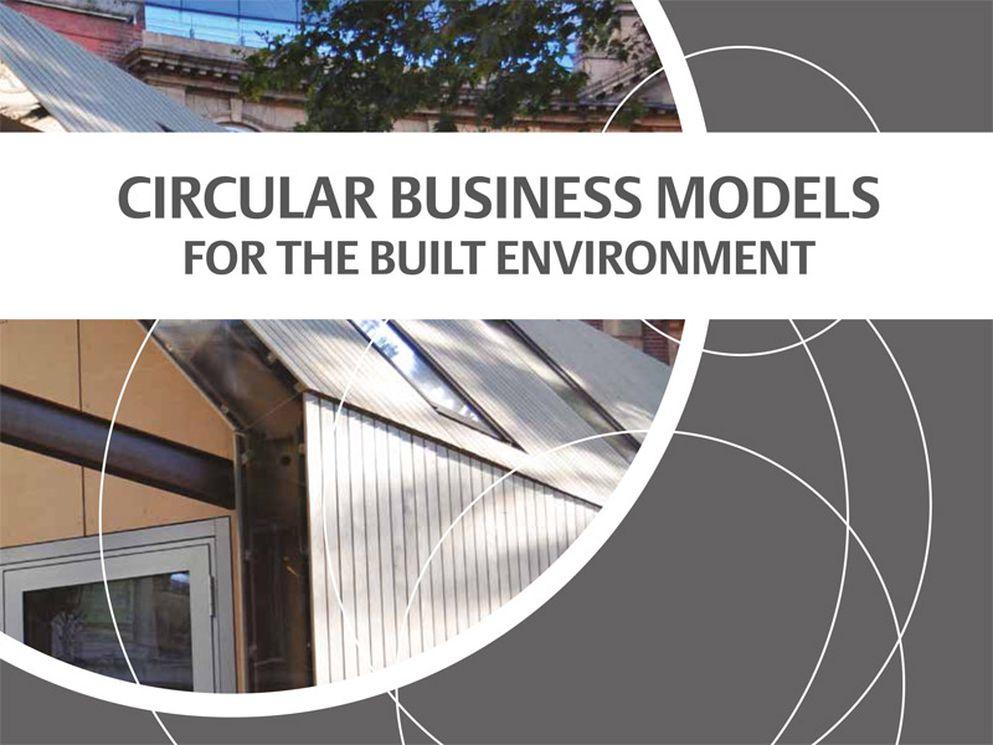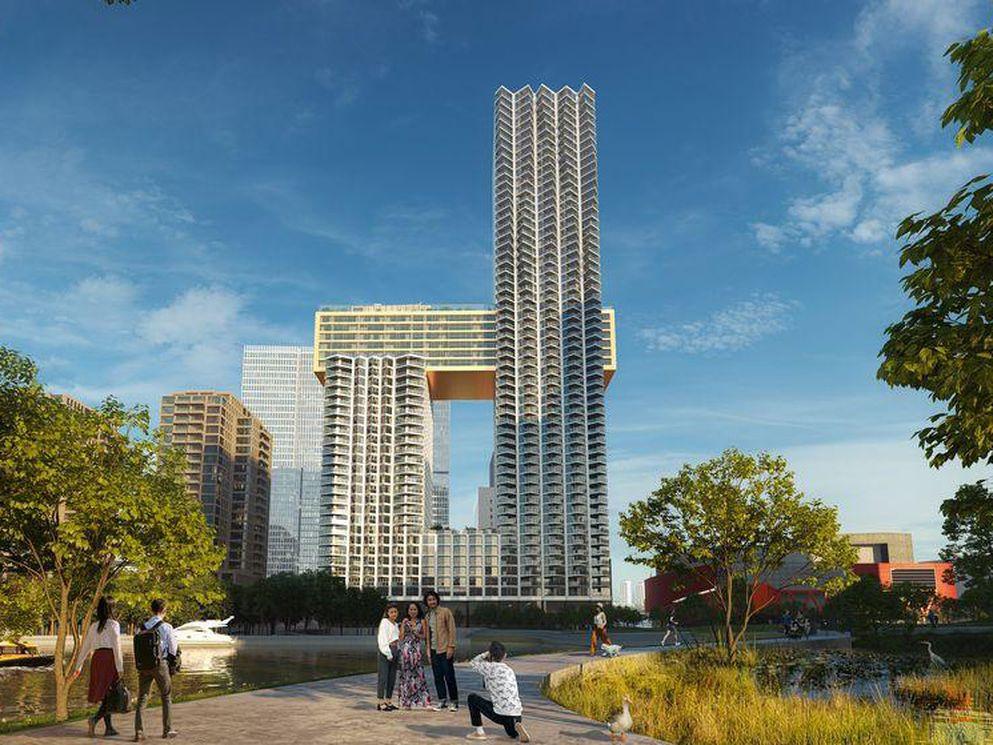New report reveals benefits of circular business models for the built environment

Cowes/Hemel Hempstead, 30 March 2017 - Arup and BAM have launched a study exploring the benefits that circular business models (CBMs) offer stakeholders within the built environment sector.
The report, supported by the Ellen MacArthur Foundation (EMF) as part of the framework of the CE100 programme, proposes a shift in the way the construction value chain has been historically seen.
The global construction industry is the largest consumer of resources and raw materials of any sector, which creates significant challenges for the adoption of CBMs. To overcome these challenges the study reviews different solutions that can help businesses save on raw material and waste management costs. These include the adoption of long-term design thinking; the role of technology and innovation; the adoption of new production and consumption models and collaboration throughout the supply chain and the lifecycle of a construction asset.
‘To embrace a change of paradigm in construction, it is crucial to understand the logic behind circular business models. They will lead the future of our industry by enabling technical, social and financial opportunities and triggering benefits for all stakeholders involved in the value chain – including citizens as users of buildings and infrastructures. This report set the foundations for future research and potential implementation in construction.’
- Guglielmo Carra, Arup's Materials Consulting Lead, Europe
Adopting CBMs presents financial, social and environmental benefits. According to the ING Economics Department, the market for a circular economy is growing and it is estimated that over the next 10 years, this will boost economic growth by up to 4 per cent*.
The switch to a circular economy, will require investors, tenants and government to play a central role and will also depend on a change of societal mind-set. While traditional business models do not often favour collaboration throughout the value chain. CBMs by contrast, depend on collaboration by all construction stakeholders, and agreement to use components that retain the highest value throughout the lifecycle, thus minimising waste.
‘The entire value chain needs to work together for mutual gain. Products need to be designed with future uses in mind and all members of the value chain need to work with different business models, and levels of incentivisation. Among them, clients benefit over the longer term with better performance and higher residual values of their asset. So far, we haven’t seen a single solution, but have experimented with several – each solution needs to be tailored to its situation!’
- Nitesh Magdani, Group Director of Sustainability at BAM
The report highlights how innovation (including digital platforms, product passports, 3D printers and tagging sensors) will play a key role by enabling CBMs. Material databases will be created to store the information required to facilitate their later reuse and demonstrate their residual value through time and at the end of a building’s life-cycle. In addition, platforms like Building Information Modelling will become crucial to bring together people, processes and technology to achieve circular efficiency and performance. New models of governance and regulatory models will also be required, to ensure investments are supportive of CBMs.
‘The built environment offers a huge opportunity for businesses, governments and cities to play a leading role in realising circular economy without having to wait for the transformation of the whole system. Tangible examples that develop in this space can act as a catalyst for a shift in how our cities and urban areas operate in the future.’
- Casper Jorna, Circular Economy 100 Programme Lead at Ellen MacArthur Foundation
About Arup
Arup is the creative force at the heart of many of the world’s most prominent projects in the built environment and across industry. From 92 offices in 40 countries our 12,000 planners, designers, engineers and consultants deliver innovative projects across the world with creativity and passion.
Arup is a knowledge partner of the Ellen MacArthur Foundation and has been a member of the Foundation’s CE100 business network for two years, working on opportunities to embed circular economy principles in the built environment. Work has already begun on the CE100’s Built Environment Business Models project which evaluates the impact of the circular economy on the built environment, and aims to define how clients and suppliers across the industry can rethink and remodel their value chains. www.arup.com
About BAM
Royal BAM Group nv is a successful European construction group and unites operating companies in five home markets, with its administrative centre in the Netherlands and listed at Euronext Amsterdam. BAM is active in the sectors of construction and mechanical and electrical services, civil engineering, property, facilities management and public private partnerships.
BAM offers its clients various substantial packages of products and services in the home markets. The Group undertakes specialist construction and civil engineering projects in niche markets worldwide.
BAM was the first major construction services company to join the CE100 in 2013 and actively engaged with The Foundation and its members to develop solutions for a circular built environment. BAM is an active participant in Horizon 2020 EU funded programmes to further develop standards, guidance and demonstration projects to promote industry learning and exploitation. Other collaborations include BSI, The Green Construction Board, Building Research Establishment, Turntoo and The Great Recovery, as well as clients and suppliers, to understand and develop circular economy solutions for the market. www.bam.com
About the Ellen MacArthur Foundation
The Ellen MacArthur Foundation was created in 2010 to accelerate the transition to a circular economy. The Foundation’s work across five areas: insight and analysis, business and government, education and training, systemic initiatives, and communication.
The Foundation collaborates with its Global Partners (Cisco, Danone, Google, H&M, Intesa Sanpaolo, Nike, Philips, Renault, Unilever) and its CE100 network (Corporates, Universities, Emerging Innovators, Governments & Cities, and Affiliate organisations), to build capacity, explore collaboration opportunities, and to develop circular business initiatives.
About CE100
The Circular Economy 100 is a pre-competitive innovation programme established to enable organisations to develop new opportunities and realise their circular economy ambitions faster. It brings together corporates, governments and cities, academic institutions, emerging innovators and affiliates in a unique multi-stakeholder platform. Specially developed programme elements help members learn, build capacity, network and collaborate with key organisations around the circular economy.
* ING Economics department (2015) Rethinking Finance in a Circular Economy (Financial implications of circular business models).



